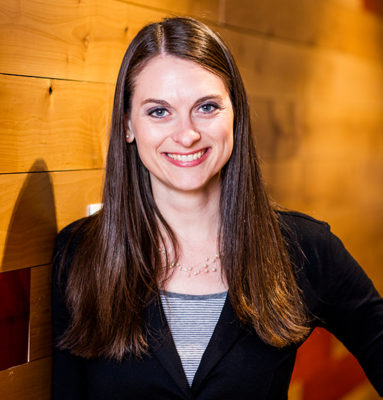This is the second in a two-part blog series about making meetings more productive. These tips are fueled by real-life meeting experiences and professional facilitator training. Read the first blog here.
Part one of this blog series focused on making meetings more productive by defining your meeting topic(s) and desired outcome(s) in advance. The next step is finding processes to engage your meeting participants and achieve desired outcomes.
Ignite participation
Next time you’re leading a meeting, take a moment to observe your participants. I bet you’ll see someone taking exhaustive notes, another staring out the window and a third fidgeting with their pen or doodling in their notebook. It’s common to assume that of those three people only the notetaker is truly focused. Often, that’s not the case.
We all organize, process and create information differently; through a combination of auditory (sound), visuals and kinesthetics (movement/feeling). Everyone uses all three but reacts differently to each type of stimulation. A meeting leader can engage each meeting attendee by varying modes of communication throughout the meeting.
Switching up stimuli and processes can bring out unique perspectives, help work through an issue and even inspire a little fun and creativity. For example, next time you need to vote, ask for a thumbs up/down instead of a yay/nay. A thumb vote also creates opportunity for someone to express that they’re in the middle.
Balance the audio communication
Typical meetings are dominated with audio, as open discussion is the primary process used in meetings. Too much audio can be distracting to people who prefer visuals and kinesthetics to organize information. Break up heavy audio by allowing moments of silence for reflection, changing up who is speaking, incorporating small group discussions and allowing time for clarifying questions.
Mix up the visuals
Visuals are a powerful tool for organizing, processing or creating ideas when used effectively. Incorporate visuals into your meetings by writing out the agenda, using symbols and graphics, and providing extra supplies to sketch or chart information. Delegate live sketching and chart writing if you prefer not to do it. Ask for volunteers; you may find someone is itching to help.
Amp up kinesthetic stimulation
There’s nothing like standing up and taking a quick walk to reset the mind. That’s kinesthetic engagement – physical or emotional movement. It’s one of the least used modes of stimulation in meetings but it’s incredibly powerful. Implementing more kinesthetics can be as simple as providing quiet fidget toys, showing a case study or video to set the tone, or inviting participants to give each other a high five or stand up. Some people literally think better on their feet.
The role of a meeting facilitator is to support everyone in doing their best thinking. Engage participants with all three modes of stimulation to accomplish this. Challenge yourself to intentionally balance auditory, visuals and kinesthetics in the next meeting you lead.
Strategic, productive meetings are our specialty. Let’s talk!


